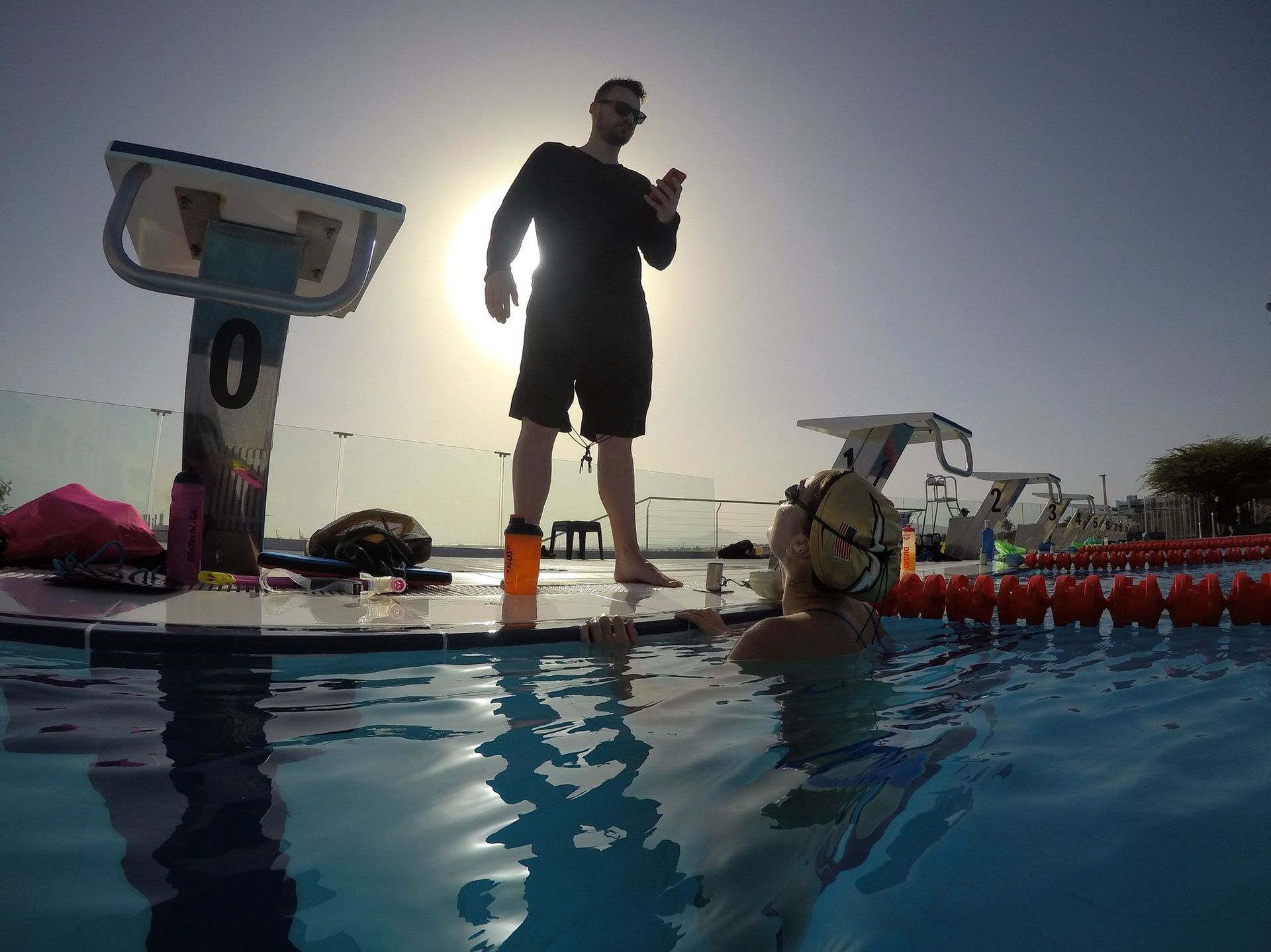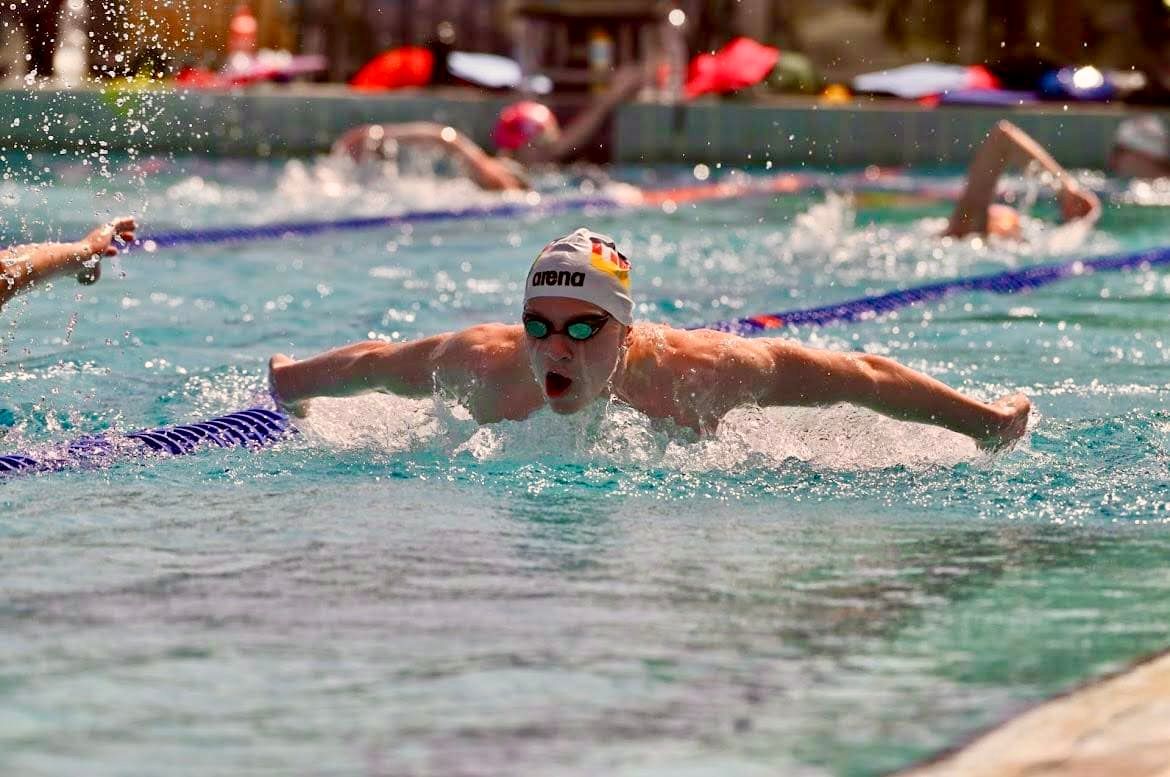Turns Out Simplicity Is Not For Everyone
There’s a common mistake in swimming: people think programs fail because of swimmers. They don’t. They fail because of bad leadership, broken structure, and environments where performance is talked about—but never truly supported.
We’ve seen it firsthand. We built a clear, modern, athlete-centered system. One that could have taken the entire program to a new level.
But it never had a chance.
What Happens When Ego Blocks Progress
There was a structure on paper. One where:
- A head coach leads the vision, mentors the team, and drives performance
- An operations lead handles logistics, camps, and coordination
- Development coaches align with the performance pathway
But instead of support, we got interference.
Instead of collaboration, we got competition.
And instead of a shared mission, we got control games.
Every idea we introduced was blocked, every system we suggested was dismissed. Not because they didn’t work—but because they didn’t come from the right mouth.
Over time, when your solutions are constantly rejected, you stop offering them. Because some people don’t want progress. They want credit. They take your fire to feed their own light.
You Can’t Lead If You Don’t Respect the System
We had a full development and performance framework.
The structure plan was created to rebuild a swim program from the ground up, laying out a clear, progressive squad system—from Bronze (entry-level) to Elite (high-performance) —with defined criteria, training focus, and coaching roles at each stage.
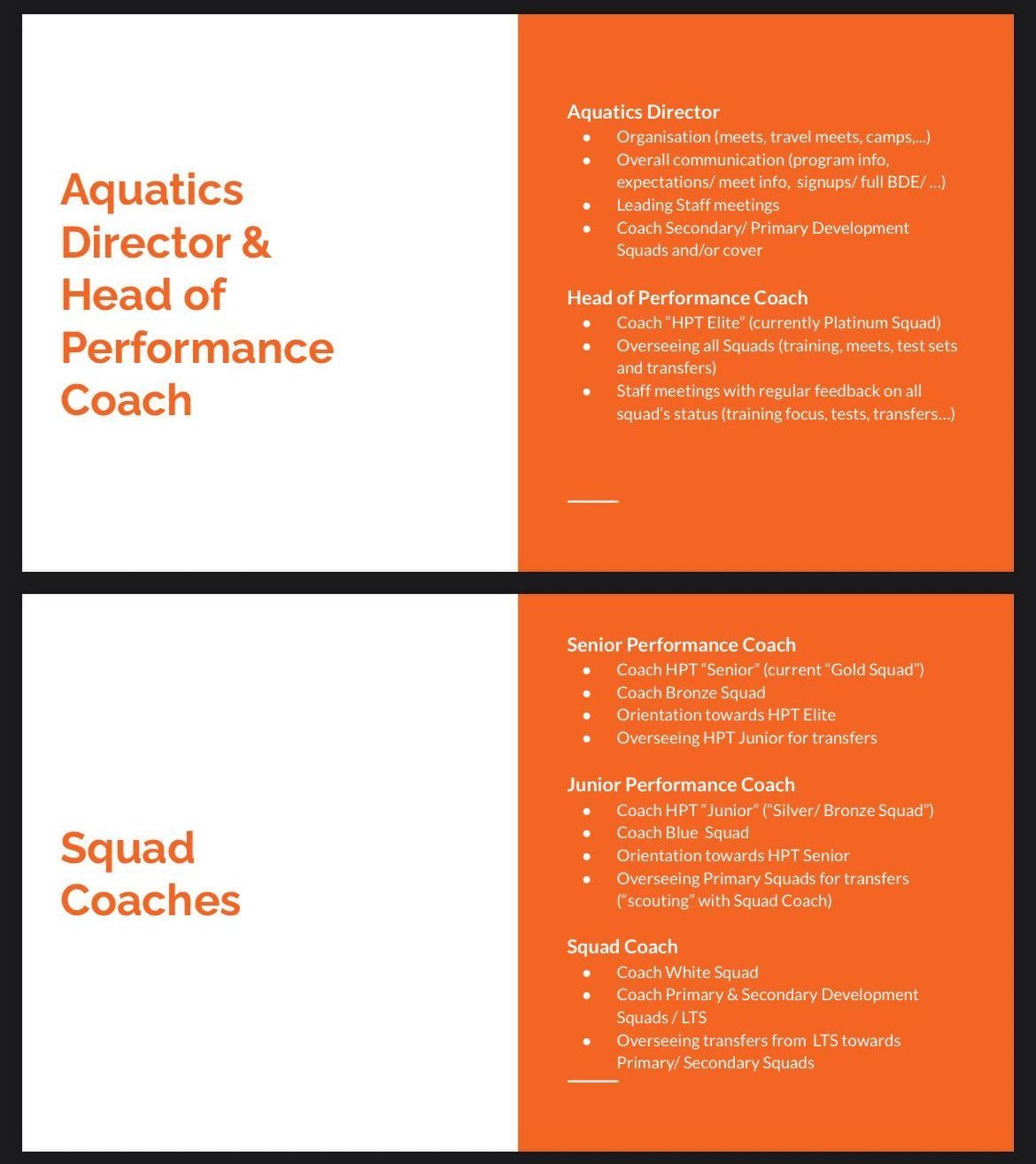
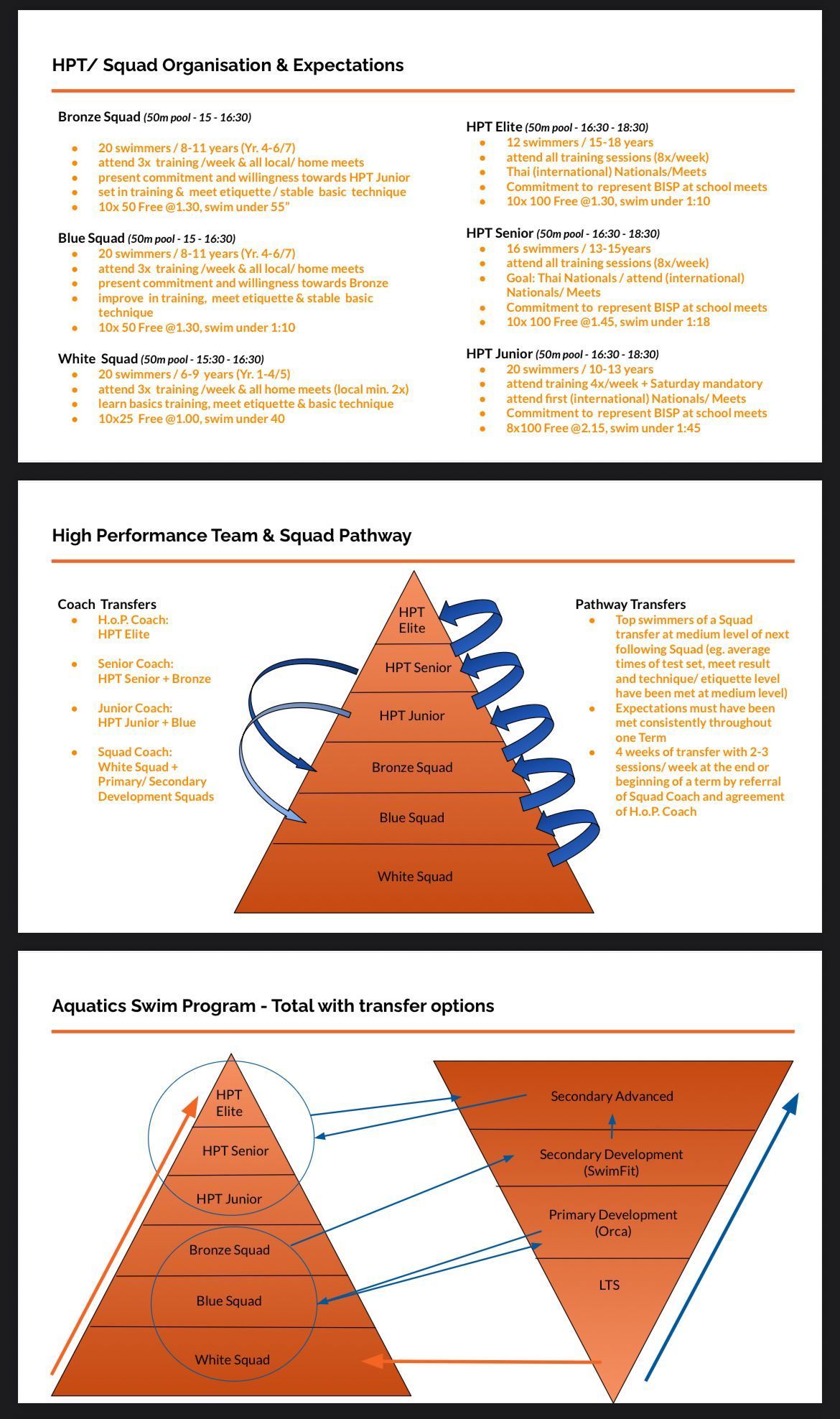
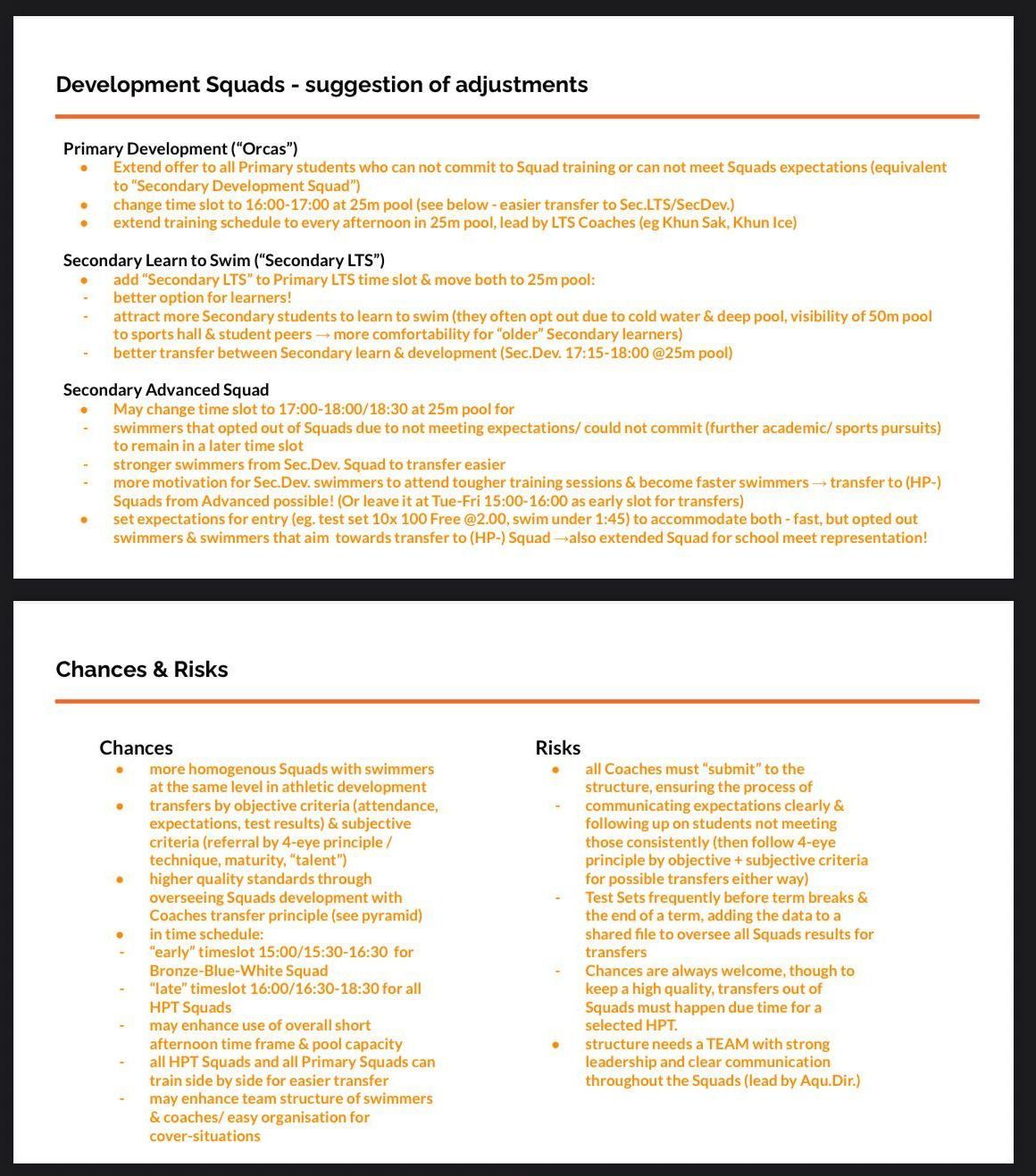
This plan works because it solves the exact issues that hold most programs back:
- It creates transparency —swimmers and parents know exactly what’s expected at each level
- It brings alignment —coaches work in sync, not in silos
- It builds momentum —progress is visible, measurable, and motivating
- It reduces confusion —roles are clearly defined and consistently upheld
- And most importantly, it puts the athlete pathway first, not individual agendas
We didn’t just sketch a structure on paper—we designed a complete system rooted in real coaching experience, time spent and observations made in the specific program, a clear development logic, and what swimmers genuinely need to succeed.
It was never fully implemented—but it was built to work.
And it addressed the very problems we saw every day:
- Confusion around squad purpose
- Lack of flow between levels
- Coaches operating without shared vision
- Athletes unsure of what was next
This model brought clarity.
It defined every level—from entry to elite—based on readiness, not just age or guesswork.
It created a pathway where each coach could focus on their role, while still contributing to one unified system.
It made performance progression feel natural, not forced.
More than anything, it was a structure that respected the process—giving athletes direction, giving coaches alignment, and giving the program an identity beyond any one voice.
This plan was our contribution to a better future —and at the end, a parting gift, whether it’s used or not. The passion, the expertise, and the energy behind it left with us.
What remains is the blueprint.
Whether it’s used well... time will tell.
___
Jana Glas & Peter Hös
